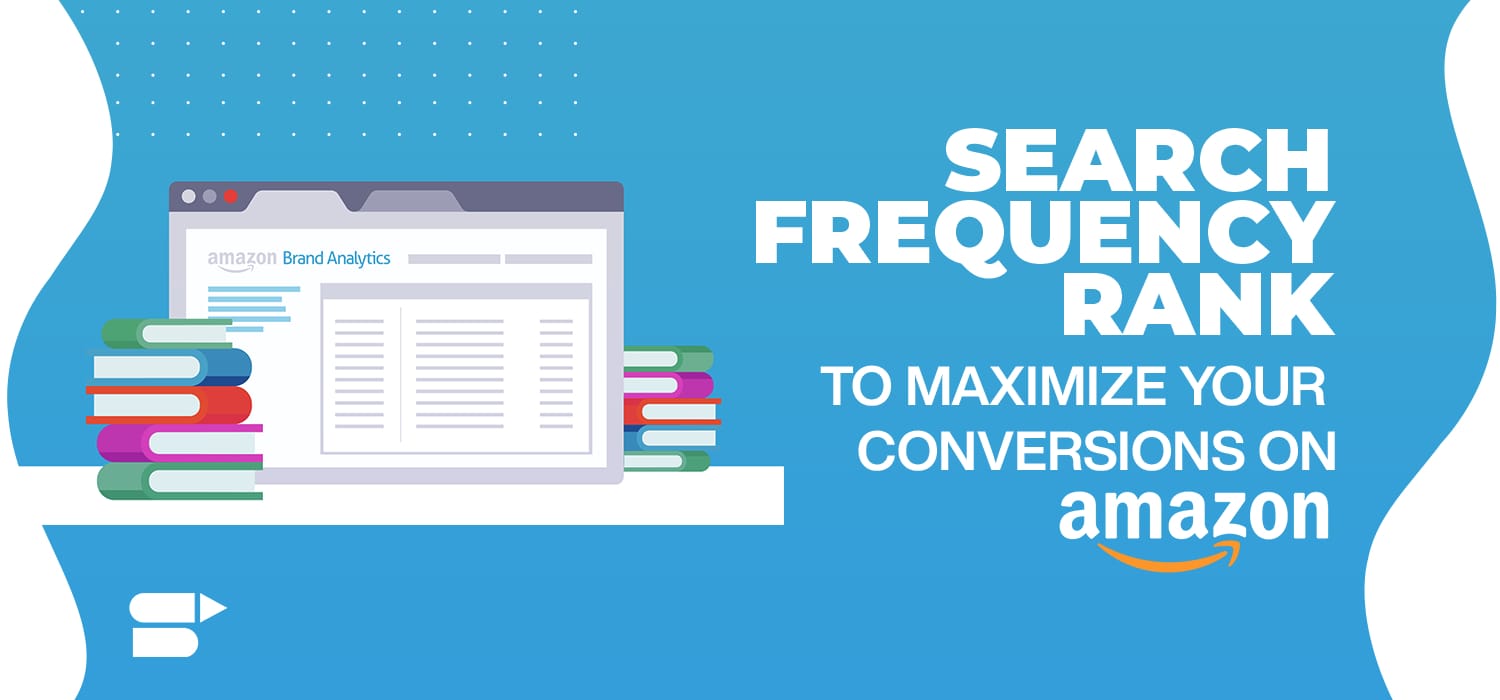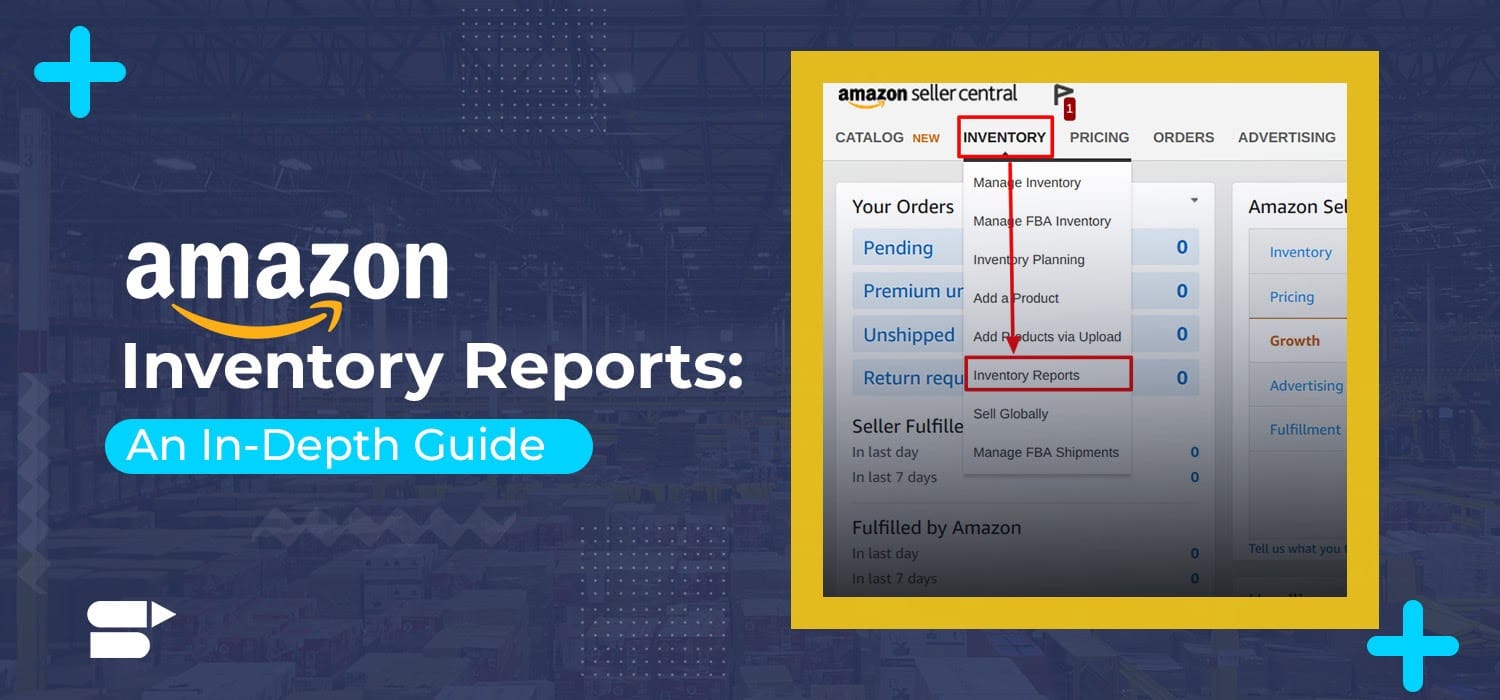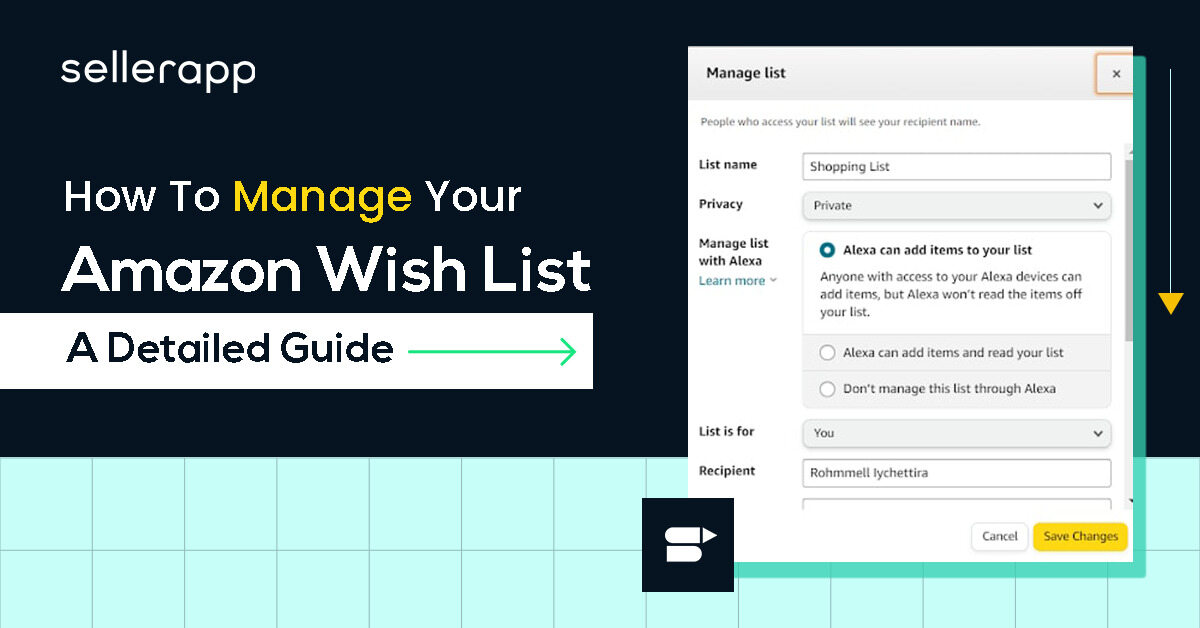Amazon Advertising and Seller July 2025 Updates (Everything You Need to Know)
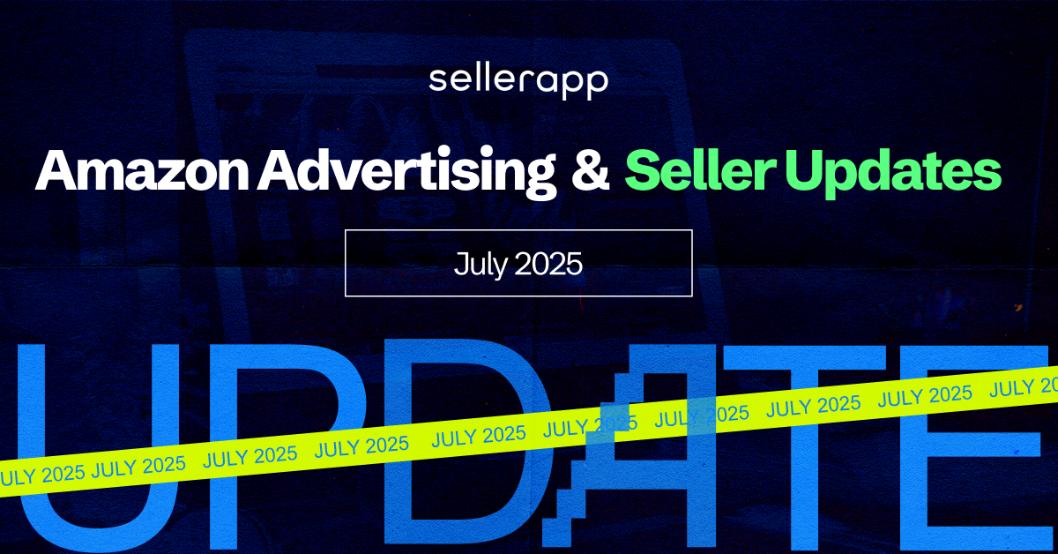
Whether you’re managing ad campaigns, scaling your catalog, or simply trying to stay compliant, July brought helpful Amazon advertising and seller updates that deserve your attention.
Whether it’s campaign alerts, category-level sales lift insights, or improved fee transparency, Amazon is slowly shifting more control and visibility back to the people running businesses on Amazon platform.
If you rely on Amazon as a core part of your brand’s growth, these updates are worth your attention. They affect how you plan, how you respond, and how you scale. You’ll want to use them not just as tools, but as signals. The platform is evolving. This is your cue to evolve with it.
Advertising Updates for July 2025: What’s new and what it means for your campaigns
This month’s ad updates aren’t just feature additions per se. They encapsulate how Amazon is gradually building toward more intelligent, more assistive advertising. Which is really effective for campaign managers out there.
From simplifying creative management, surfacing insights where you already work, and helping you make faster decisions, these updates are helping advertisers reduce friction.
Here’s what’s new and how to use it to your advantage:
Advertising Updates 1: AMC Adds AI Audience Builder and Instant Product Help
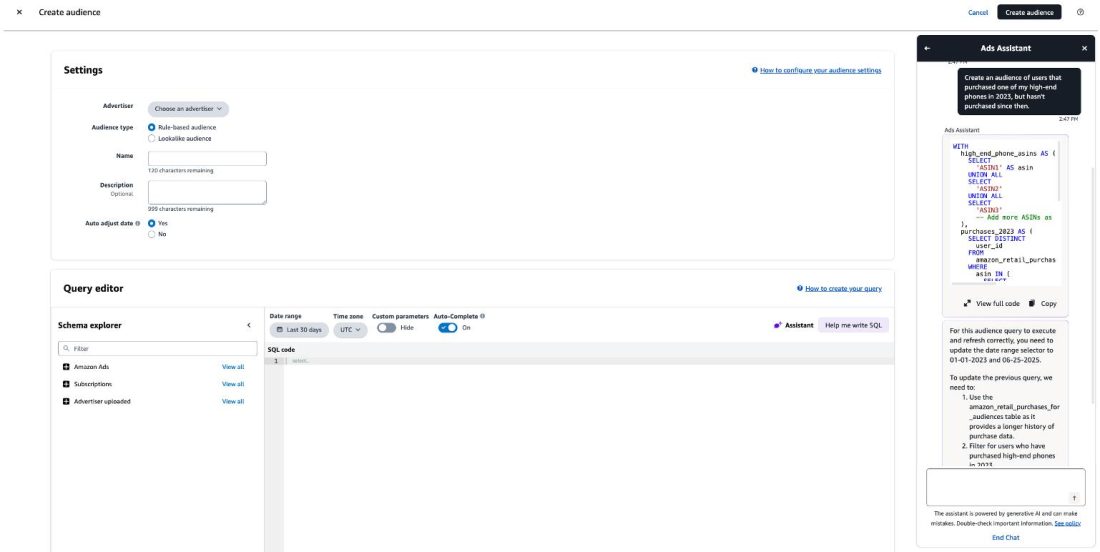
Amazon Marketing Cloud is getting incredibly easier to work with. You can now chat your way through complex audience creation. A built-in AI assistant helps you write complex SQL queries using natural language and gives instant answers to product-related questions. You don’t have to dig through documentation or wait for support.
This is built for speed, especially for marketers who know what they want but don’t want to code their way there.
What changed and why it matters:
- Generate custom audience queries just by describing what you want
- Get real-time answers about how AMC works without leaving the interface
- Reduces the learning curve for new users and saves time for power users
- Useful for brands running multi-touch campaigns who want better segmentation
- Moves AMC closer to a self-service experience without needing a tech team
Where it’s available:
- North America: United States, Canada, Mexico
- South America: Brazil
- Europe: Germany, Spain, France, Italy, United Kingdom, Belgium, Switzerland, Poland, Turkey, Austria, Netherlands, Sweden, Finland, Norway, Ireland, Denmark, Luxembourg
- Middle East: Saudi Arabia, United Arab Emirates, Israel, Egypt, Morocco, Bahrain, Kuwait
- Asia Pacific: Australia, India, Japan, New Zealand, China, Singapore
Who can use it and Where to access it
This feature is available to all AMC users and it can be accessed via Amazon Marketing Cloud.
Advertising Updates 2: Ads Console Now Supports Multi-Country Campaign View
The Ads Console is finally catching up with how global sellers operate. You no longer have to switch tabs to view performance in different countries. Everything is visible in one place.
The layout is cleaner and includes a new beta search experience that hints at what’s coming next in automation.
It’s a promising shift, though not without a few quirks.
What changed and why it matters
- Manage and monitor campaigns across multiple countries from one dashboard
- New metrics and a redesigned interface offer better visibility
- Beta search helps you find campaigns faster and includes early voice search support
- Sets the stage for upcoming AI tools like auto-generated insights and visuals
- Some UI downsides like chunkier rows and currency confusion (USD showing up where it shouldn’t)
- Filters need close attention if you’re handling similar markets like the US and Canada
Where it’s available
This feature is being rolled out globally and it’s accessible through the Amazon Ads Console wherever available
Advertising Updates 3: Auto Budget Sharing Introduced for Portfolios
Amazon Ads now lets your stronger campaigns run longer by tapping into unused budget from others in the same portfolio. If one campaign underspends, another that’s performing well can spend up to twice its daily cap. This gives you more efficient use of your ad budget without increasing your total spend.
Great for teams managing seasonal spikes or running deals.
What changed and why it matters
- Campaigns can access unspent budget within their portfolio
- Supports up to 100 percent overspend on daily budget for eligible campaigns
- Helps avoid missed traffic on high-performing days
- No change to monthly cap, just smarter pacing across campaigns
- Can be toggled on or off in budget settings
- Ideal for deal days, launches, or uneven portfolio performance
Where it’s available:
- North America: United States, Canada, Mexico
- South America: Brazil
- Europe: Germany, Spain, France, Italy, United Kingdom, Belgium, Switzerland, Poland, Turkey, Austria, Netherlands, Sweden, Finland, Norway, Ireland, Denmark, Luxembourg
- Middle East: Saudi Arabia, United Arab Emirates, Israel, Egypt, Morocco, Bahrain, Kuwait
- Asia Pacific: Australia, India, Japan, New Zealand, China, Singapore
Who can use it
Vendors, registered sellers, authors, and all managed or self-service ad accounts
Seller Updates for July 2025: Smarter tools, clearer signals, and stronger operational support
July’s updates for sellers focus less on flashy features and more on giving you better visibility into what’s working.
You’ll see updates that quietly improve how you track category trends, understand your fees, or manage listing health. If you’re scaling across geographies or looking for better ways to optimize listings, these updates matter.
They also show Amazon’s intent to support proactive growth, cleaner catalog behavior, and stronger compliance.
Here’s a full look at what changed and how it could shape your next move.
Seller Updates 1: Marketplace Product Guidance Gets Global Demand and Deeper Category Insights
Marketplace Product Guidance is evolving from a recommendations tool to a global expansion playbook. You can now see which of your products have demand across multiple marketplaces and get tailored suggestions based on performance in other regions.
The update also brings visibility into top-selling products and successful launches within your current categories. It’s less guesswork and more clarity if you’re planning to expand to other regions or sharpen your catalog locally.
What changed and why it matters
- New Global Demand view surfaces opportunities across your linked stores in one place
- Recommendations include high-growth categories and product types similar to your top sellers
- Category Insights now highlight top-performing ASINs by revenue and units sold
- Also includes top 10 product launches in your category over the last six months
- Strong prompt for brands to localize bestsellers and avoid redundant expansions
Where it’s available
France, Italy, Spain, Germany, Japan, Australia, United Arab Emirates, United States, United Kingdom, Saudi Arabia. Recommendations are tailored based on your primary seller account region
Seller Updates 2: Independent Sellers Break Records During Prime Day 2025
Prime Day 2025 saw its biggest performance yet, and independent sellers were at the heart of it. Amazon credited the scale of the event to the ecosystem working in sync—sellers, vendors, delivery teams, and internal ops.
Shoppers interacted with Alexa+, Amazon’s upgraded voice assistant, and used AI tools like Rufus and Shopping Guides to explore deals more naturally. For sellers, this meant more discoverability and better conversion support across devices.
What changed and why it matters
- Prime Day extended to four days and saw record-breaking units sold from independent sellers
- Millions of users accessed deals through Alexa+ and AI Shopping Guides
- Voice, visual, and context-based discovery is becoming the norm
- If you invested in videos, A+ content, and smart listings, this Prime Day likely rewarded you
Where it’s available
Global event and performance insights by region will be available in your business reports
Seller Updates 3: Vacation Mode Helps Protect Your Metrics When You Step Away
Taking a break doesn’t have to cost you your account health. If you’re not shipping orders for a few days, turning on vacation mode removes your seller-fulfilled listings temporarily.
It’s not just about preventing sales. It’s about avoiding the silent damage from missed shipments or poor metrics when no one’s around to handle fulfillment.
What changed and why it matters
- Listings are hidden from product pages and search when vacation mode is enabled
- Avoids late shipment penalties, tracking issues, cancellations, and negative ratings
- Especially useful for small teams managing their own logistics
- Requires a manual toggle and doesn’t impact FBA listings
Seller Updates 4: Bulk Image Upload Is Now More Forgiving
Uploading product images in bulk used to be a time-waster. One error would block the entire upload. That’s changed.
The updated Bulk Image Upload tool now processes valid files and gives a full error report in one go. You can fix only what’s necessary and keep moving.
This makes catalog updates faster, especially for brands with seasonal refreshes or large product lines.
What changed and why it matters
- Valid images go through even if some files have errors
- You get a comprehensive report with all flagged issues
- No more repeated re-uploads just to fix one bad file
- Saves time during product launches or rebranding campaigns
Where it’s available:
Global rollout for all sellers using the Image Manager tool
Seller Updates 5: Brand Name Generator Adds a Personality Field
Your brand name sets the tone for everything you do. Amazon’s AI-powered name generator now allows you to specify a tonecasual, premium, playful, or something else.
It’s a small input that helps produce names that better reflect your positioning. It also integrates with IP support services if you want to move quickly from ideation to trademark registration.
What changed and why it matters
- New personality field helps steer the AI toward brand-relevant names
- Great for emerging DTC brands or private label sellers
- Connects with IP Accelerator for faster trademark filings
- Still a starting point. You’ll want a legal review before finalizing
Where it’s available
All marketplaces with Brand Registry support
Seller Updates 6: New Fee Explainer Tool Brings Clarity to Charges
Ever wondered why a particular fee was charged? The new Fee Explainer tool in your Payments dashboard breaks down the reasoning behind each charge, fee type, and the variables involved.
It’s not just about visibility, it’s about cost control. With clearer breakdowns, you can spot patterns and address margin issues faster.
What changed and why it matters:
- Explains fees like referral, subscription, refund administration, and more
- Shows calculation logic based on variables like category or return rate
- Helps identify fee-heavy ASINs and track changes over time
- Gives you more control over pricing and margin strategy
Where it’s available:
Global rollout via Payments dashboard
Seller Updates 7: Better Policy Clarity Can Improve Your Account Health Rating
Amazon is putting more emphasis on policy adherence as a pillar of long-term account stability. Two specific areas got a spotlight this month: counterfeiting and product reviews.
If you’re selling branded inventory or asking customers for feedback, even small missteps can put your Account Health Rating at risk. The new guidelines make it clear what not to do and what documentation to keep on hand.
What changed and why it matters
- Sellers must maintain proof of authenticity, including invoices and supplier info
- Refunds, incentives, or requests tied to reviews are considered violations
- Third-party review services are discouraged, even if well-meaning
- Strong Account Health Ratings protect you from suspension risks and open up new benefits
Where it’s available
Applies to all Amazon seller accounts
Seller Updates 8: Shoppable Video Gets Sales Lift Metrics by Category
Video is still one of the most underused tools in Amazon selling. This update introduces sales lift data by product category, helping you understand what kind of videos drive actual results.
If you’re in beauty or handmade goods, these insights can show how much a simple video can impact conversions. The numbers now speak for themselves.
What changed and why it matters
- View estimated sales impact from videos in categories like handmade and beauty
- Helps prioritize video creation for SKUs with the most potential
- Encourages smarter content planning, not just content volume
- Useful for brands building influencer or creator-led strategies
Where it’s available
Available in Upload and Manage Videos for eligible product categories
Final Thoughts
What stands out this month is the focus on context. From creative recommendations to account health education, Amazon is no longer just surfacing data. It’s offering more interpretation and guidance at the point where decisions get made. That’s not a small shift.
If you’ve ever felt like you’re flying blind or juggling too many moving parts, these changes offer some relief. But more importantly, they offer leverage. Sellers and advertisers who take the time to explore what’s new will likely find a few clear areas to work smarter. Not in theory, but in day-to-day execution.
Amazon isn’t making things simpler. It’s giving you sharper tools. The question is whether you’re ready to use them.





